Published in The Washington Post, November 2016
I pitched, developed and managed a partnership with Development Seed to execute the engineering and presentation of results displays for the 2016 election cycle. I was the project lead, working across multiple departments internally and externally to manage contracts, understand and prioritize needs, develop strategy, test and improve the technology and brief stakeholders.
These maps ran across The Washington Post products, including our site and native applications on iOS and Android, and many of our news service client sites.
Role: Editing, project management
My team also created dozens of other fantastic graphics for the election, collected here.
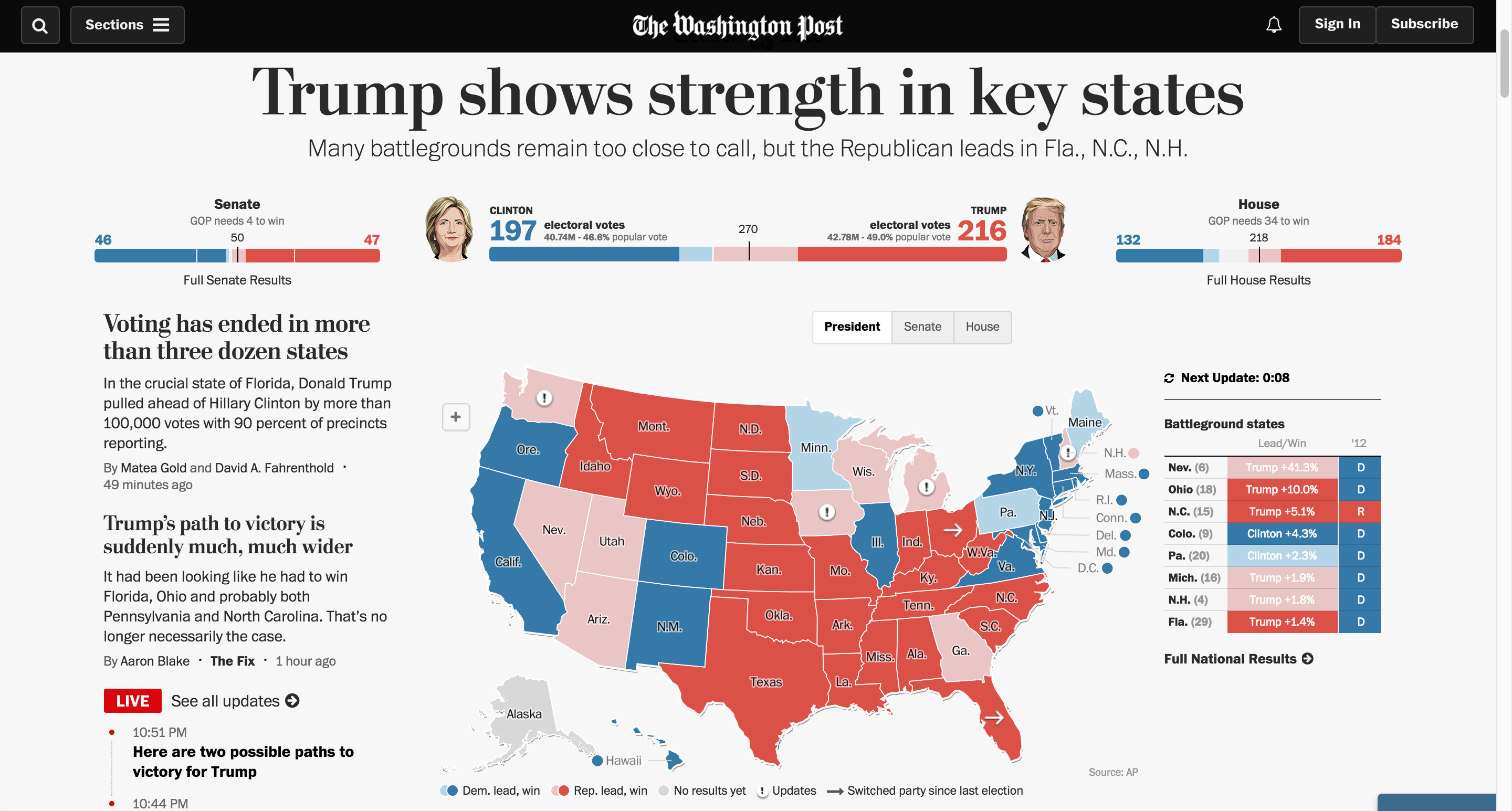

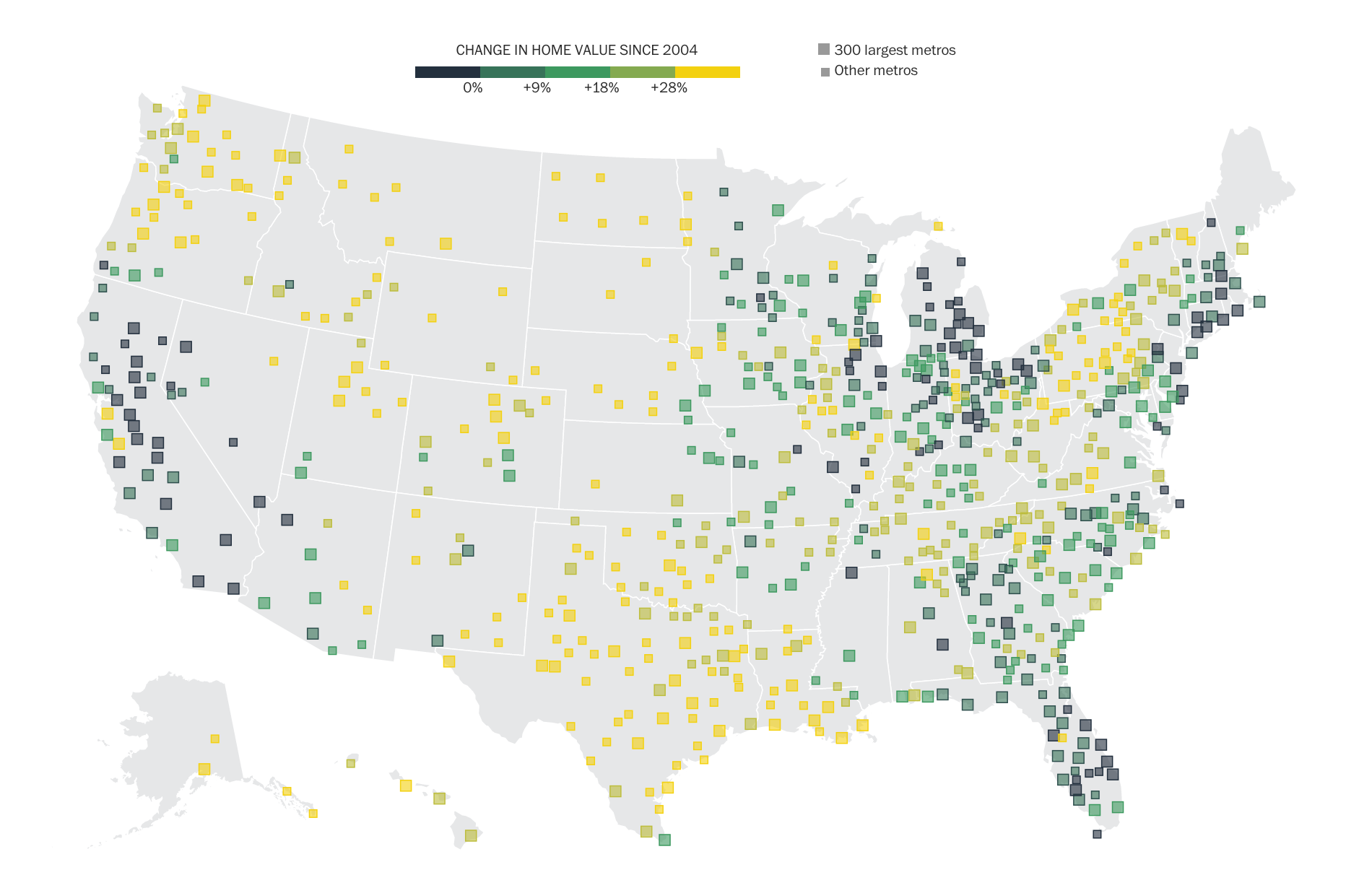
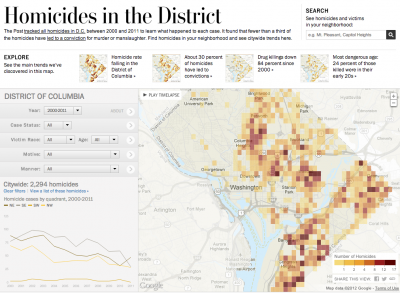

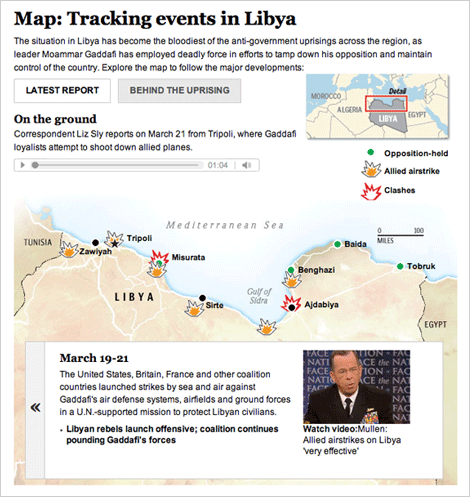

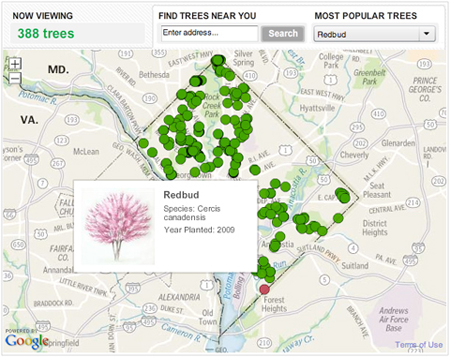

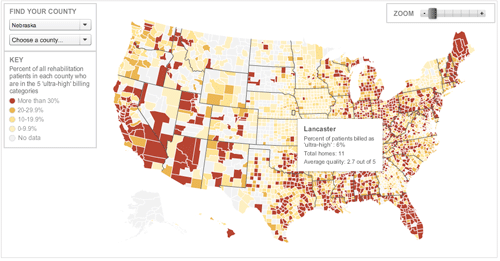
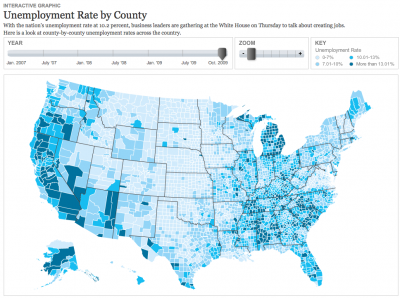
![[Map image]](http://2.bp.blogspot.com/_1NI9wgirUFw/SucwgpHmSpI/AAAAAAAAAIs/lQwnCpmThN4/s400/Picture+1.png)